Examining California’s deep history of Black cowboys
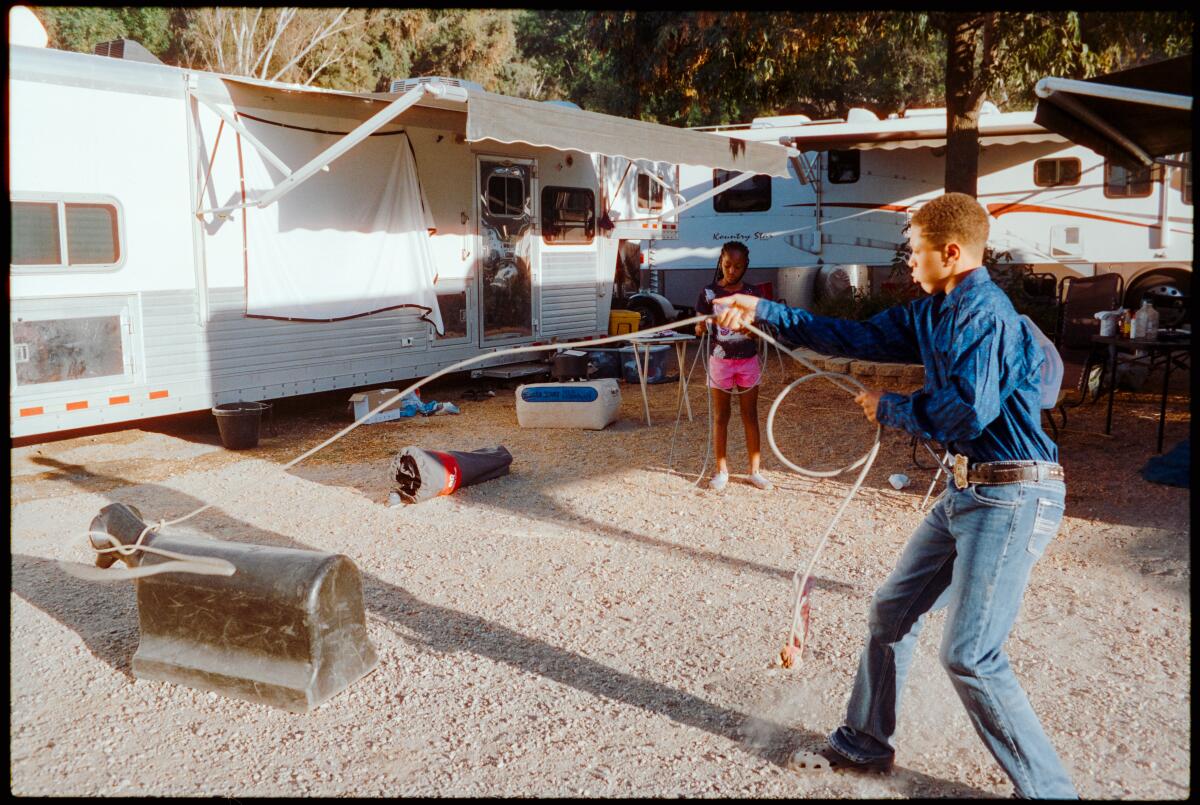
- Share via
Good morning. It’s Tuesday, Aug. 27. Here’s what you need to know to start your day.
- Black cowboy culture in California.
- Rancho Palos Verdes faces ‘unprecedented new scenario’ over landslide danger.
- The ultimate Westminster and Garden Grove food crawl.
- And here’s today’s e-newspaper.
You're reading the Essential California newsletter
Our reporters guide you through our biggest news, features and recommendations every morning
You may occasionally receive promotional content from the Los Angeles Times.
How Black Californians are keeping cowboy culture alive
To truly understand and appreciate the cowboy culture out here in the West, you have to do more than just dress the part. Across the vast terrains of the Inland Empire, the hills of Orange County, the rodeo events in L.A. County and the sprawling countryside in the Central Valley up through Northern California, y’all are in a unique position to saddle up and create a community.
Black cowboy culture in California is nothing new
After decades of being overlooked in various media, it felt like Black cowboys were finally having their mainstream moment at the end of 2022.
Lil Nas X, Beyoncé and Solange were embracing the look and sound of the Wild West. Films like “Nope,” “The Harder They Fall” and “Concrete Cowboy” brought a new and diverse look to the western genre. And it had only been two years since Walter Thompson-Hernández released his book “The Compton Cowboys: The New Generation of Cowboys in America’s Urban Heartland.”
“Growing up, I couldn’t think of a more powerful symbol of the American West than a white man with his horse,” my colleague Tyrone Beason wrote at the end of that year. “I wasn’t taught about the Black rodeo athletes, trail riders, ranchers and horse trainers who … draw strength from the same traditions that Hollywood made me fall in love with.”
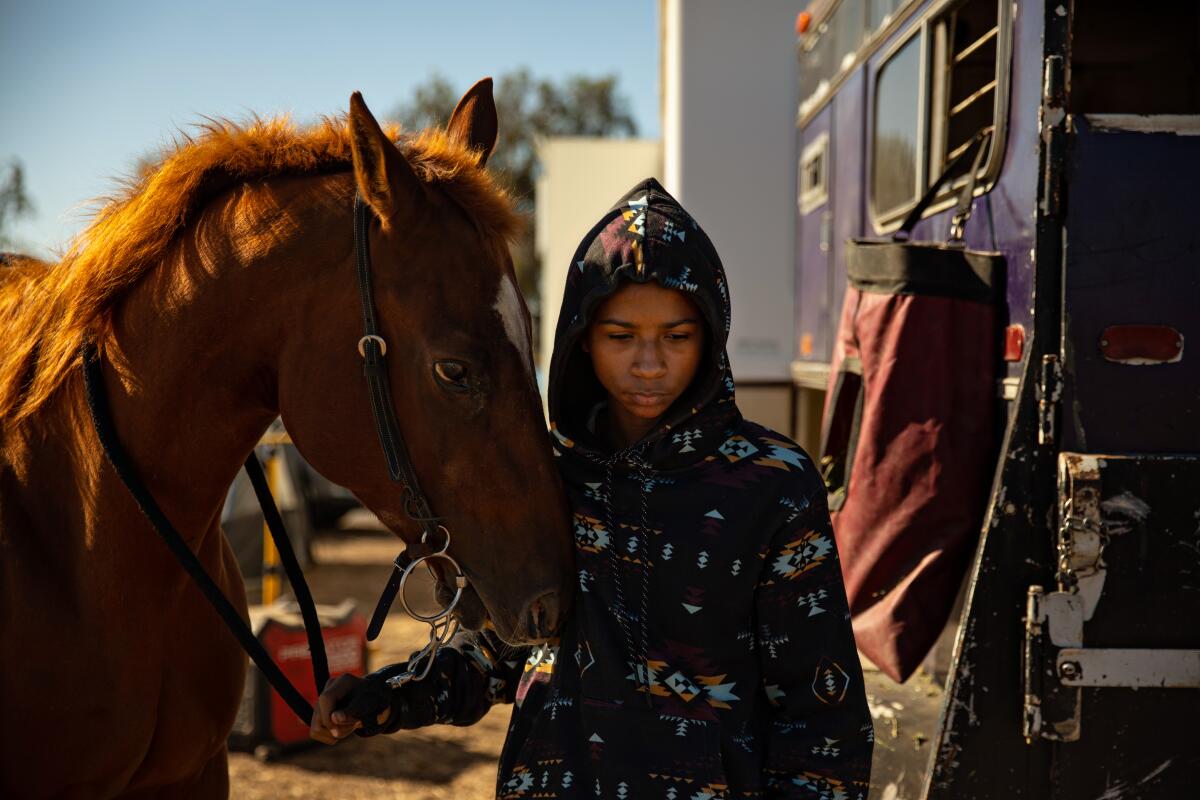
The term “cowboy“ was initially used in a racist manner to demean Black cattle drivers and ranch hands in the late 1800s.
Historian Tyree Boyd-Pates told Tyrone that when Black people refer to themselves as “cowboys” or “cowgirls,” they are taking “pride in being able to transform a painful history into something they can glorify.”
Welcome to the Bill Pickett Invitational Rodeo
Two photographers recently captured how the Black cowboy communities of California continue to thrive at the traveling Bill Pickett Invitational Rodeo in the City of Industry.
In the latest installment of “Behold,” a Times series highlighting the the vibrancy of Black L.A., Adam Davis “went in search for Black horseback riders and rodeo participants of all ages chasing their desire to ride, jump, lasso and embody the spirit of the old West while making it new again.”
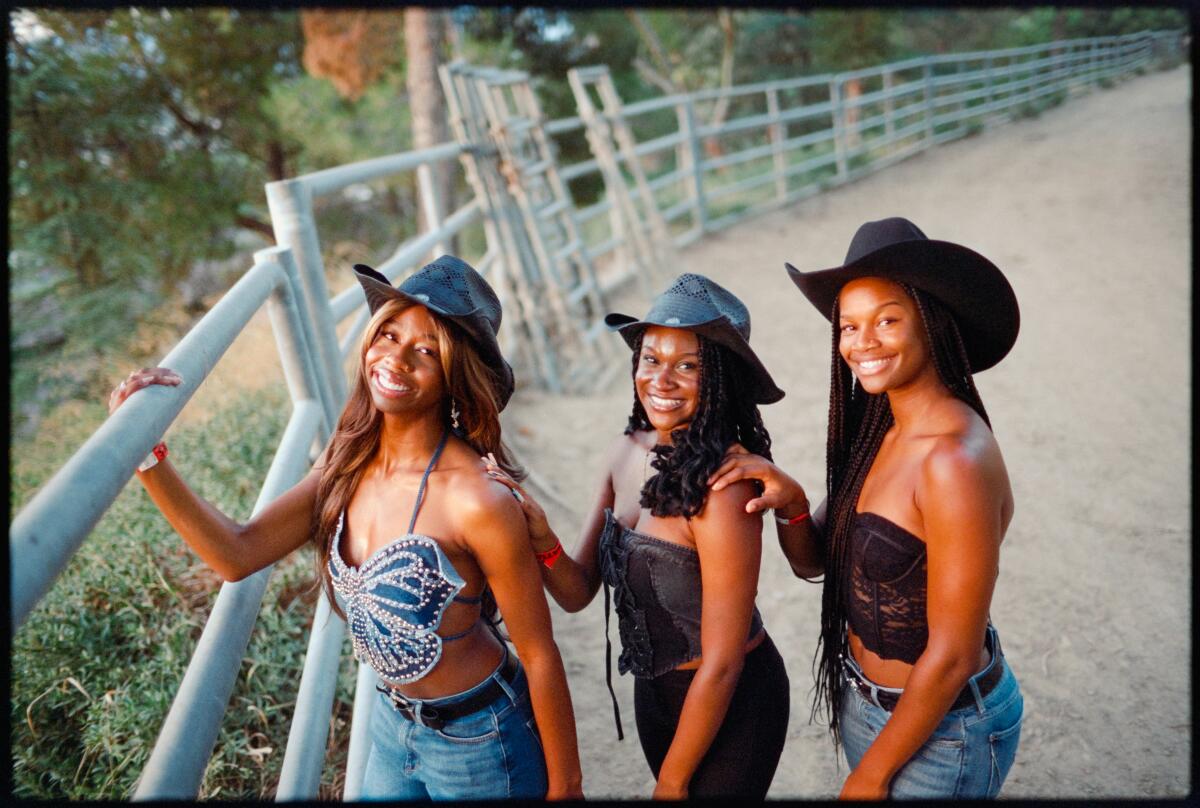
In his photo essay, Adam noted that “L.A. is typically one of the last places people might assume any rodeo culture exists, let alone a Black rodeo.”
While car culture may reign supreme in L.A., there are generations of Californians keeping rodeo culture alive, while they still can.
My colleague Michael Blackshire, in another photo essay, acknowledged the latest push by City Councilmember Bob Blumenfield to ban rodeos in Los Angeles.

“If there is a ban on the rodeo in Los Angeles, then there is only a matter of time before other cities in California enforce the ban,” Valeria Howard-Cunningham, chief executive of the Bill Pickett Invitational Rodeo, told Michael. “The ban would take away a cultural event important to Black people coming together.”
Other groups are also keeping Black cowboy traditions alive
Tyrone spoke to Ron Jennings, an “all-country” L.A. native who runs a youth bull-riding academy at his home in Jurupa Valley, passing the spirit of cowboy culture to the next generation.
South of Sacramento, in Oakdale, he rode with the Loyalty Riderz club, a group of Black ranchers, trail riders and horse trainers who are determined “to expose Americans to another facet of the West — and the Black experience.”
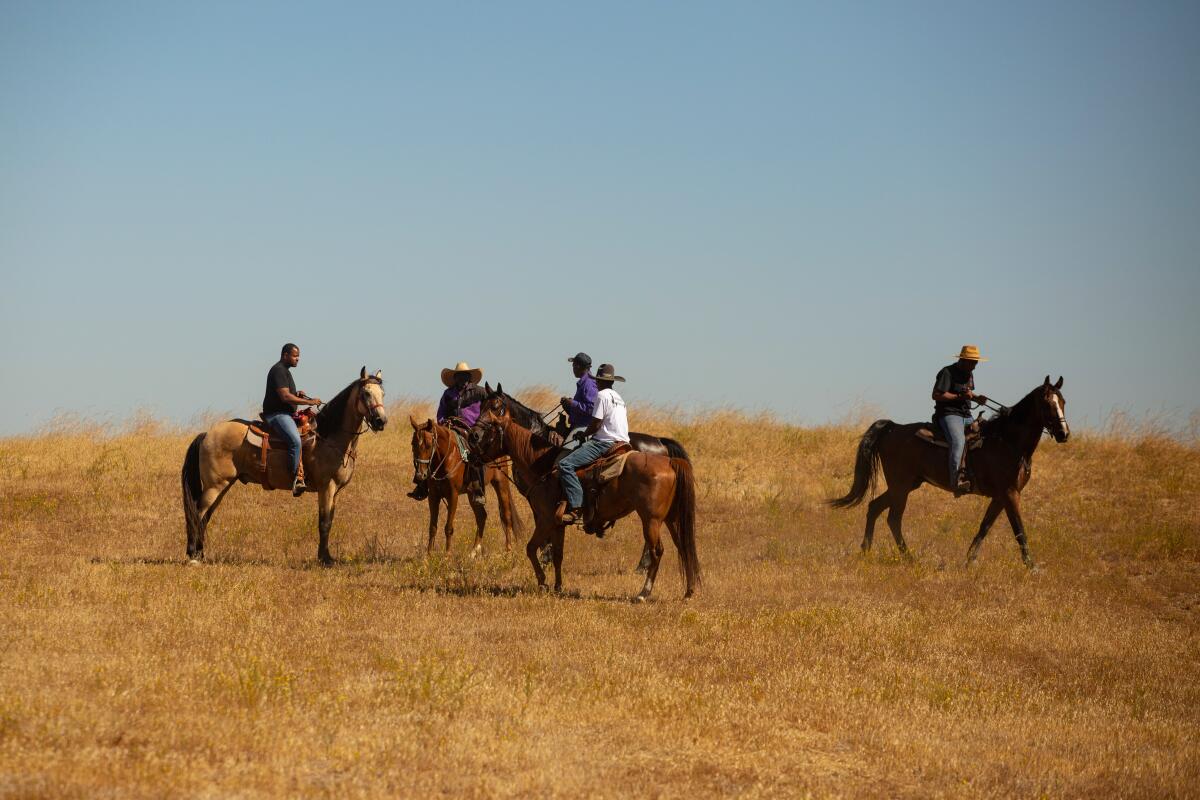
“We are the original cowboys, and the world is waking up to that,” Greg Bradley Sr., president of the club, told Tyrone.
More coverage:
- Who is Bill Pickett? Meet the Black cowboy who led Will Rogers to the trail.
- Piecing together the story of my father, the Black cowboy-musician Jimmy Holiday.
- Trails and tribulations: Club extols past of Black cowboys.
- The Times podcast: What it means to be a Black cowboy.
- It took persistence, but David Oyelowo finally got ‘Bass Reeves’ to the screen.
Today’s top stories
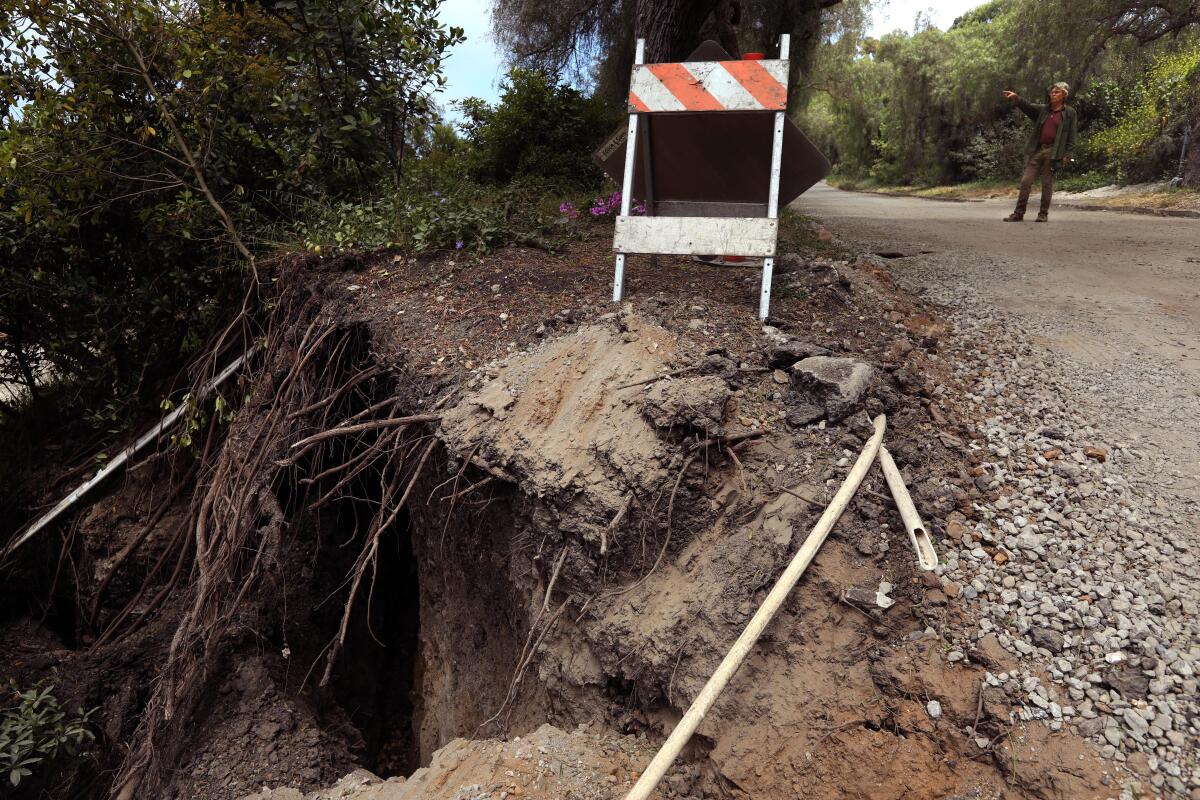
Rancho Palos Verdes faces an ‘unprecedented new scenario’ over landslide danger
- Officials confirmed a very deep and active landslide plane — previously considered dormant — during exploratory drilling this summer, a discovery that upends emergency efforts aimed at stabilizing the Portuguese Bend area.
- The revelation only exacerbates a sense of urgency. Gas was abruptly cut off to 135 homes in the area in recent weeks, and the loss of electricity remains a real possibility for residents.
Aggressive homeless sweeps began in Long Beach. But where will the unhoused go?
- City officials say they are emphasizing compassion in the sweeps, but police say they won’t hesitate to issue fines and citations if needed.
- There are 3,376 people experiencing homelessness in Long Beach, according to the city’s 2024 count. That’s a 2% decrease from the previous year.
- The sweeps come as L.A. County voters this November will decide whether to double the county’s quarter-cent homeless sales tax to help fund services for the unhoused.
As national heat deaths rise, California girds for worsening bouts of extreme temperature
- The last seven years have been marked by a surge in heat-related deaths, including 2,325 deaths in 2023 — the planet’s hottest year on record, new research has found.
- The death toll is likely to be an undercount, in part because heat isn’t always listed on death certificates when it triggers other health issues.
- The news comes after heat-related programs in California took a hit amid this year’s state budget cuts.
- The vast majority of heat-related deaths came from California, Nevada, Texas and Arizona, said the lead author of a study published this week in the medical journal JAMA.
Hollywood’s below-the-line artists pivot to other gigs amid a slump
- Hollywood’s production slowdown has prompted many in the art department to contemplate other work. Some set decorators, for example, are moving to interior design or home organizing.
- Dwindling career opportunities and escalating housing costs have fueled a “Hollywood exodus,” with many film and TV workers pursuing their dreams elsewhere.
- How much has business contracted? Film and TV production in the U.S. was down about 40% compared with peak-TV levels, a tracking company found.
More big stories
- Harris and Trump squabbled over muted mics at their high-stakes Sept. 10 debate.
- Billionaire Edgar Bronfman Jr. dropped his bid to gain control of Paramount Global, clearing the way for David Ellison’s Skydance Media to claim the prize.
- Disney fans with disabilities are decrying accessibility pass changes.
- A woman died on Burning Man’s opening day. The cause is under investigation.
- Three friends drowned in a Central Valley whirlpool while trying to save one another.
- Apple AirTags are helping cops catch thieves. Here’s how you can protect yourself.
Get unlimited access to the Los Angeles Times. Subscribe here.
Commentary and opinions
- Trump keeps flip-flopping on abortion. American women are so over it, LZ Granderson writes.
- The November election could make — or break — reproductive freedom, The Times’ editorial board explains.
- Trump’s portrayal of Kamala Harris as an enemy of Israel is disingenuous, but Oct. 7 and the Gaza war have tested her party’s relationship with a reliable base, Yardena Schwartz writes.
- L.A. could train the next Simone Biles. But only if we invest in creating opportunities, Wendy Hilliard contends.
- LeBron James’ golden Olympics is wasted on a tarnished Lakers, Bill Plaschke writes.
Today’s great reads
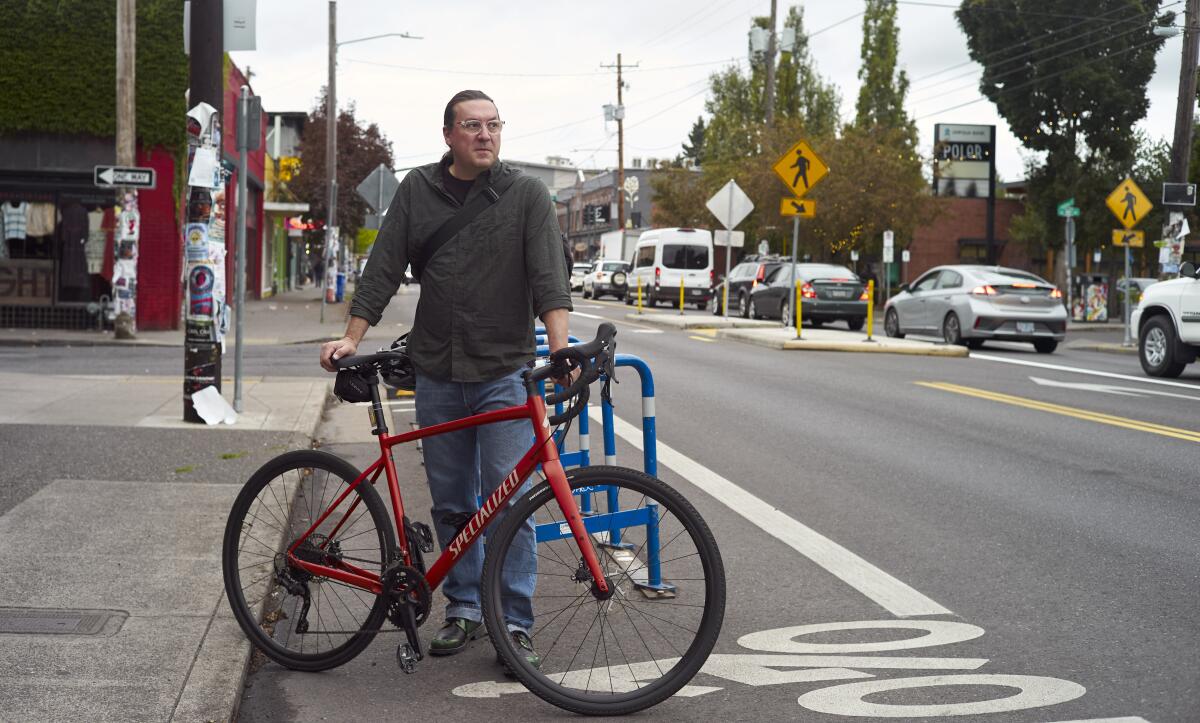
Police brushed him off. So he exposed an international bike theft ring on his own. In the dark heart of the pandemic, cyclist Bryan Hance was tipped to a scheme to spirit stolen bikes from California to Mexico. He set out to crack the case — and in the process exposed lapses in systems meant to prevent trafficking in stolen goods.
Other great reads
- ‘I don’t want him to go’: An autistic teen and his family face stark choices.
- DeShaun Foster is a man of few words. He plans to make UCLA football the talk of L.A.
How can we make this newsletter more useful? Send comments to essentialcalifornia@latimes.com.
For your downtime
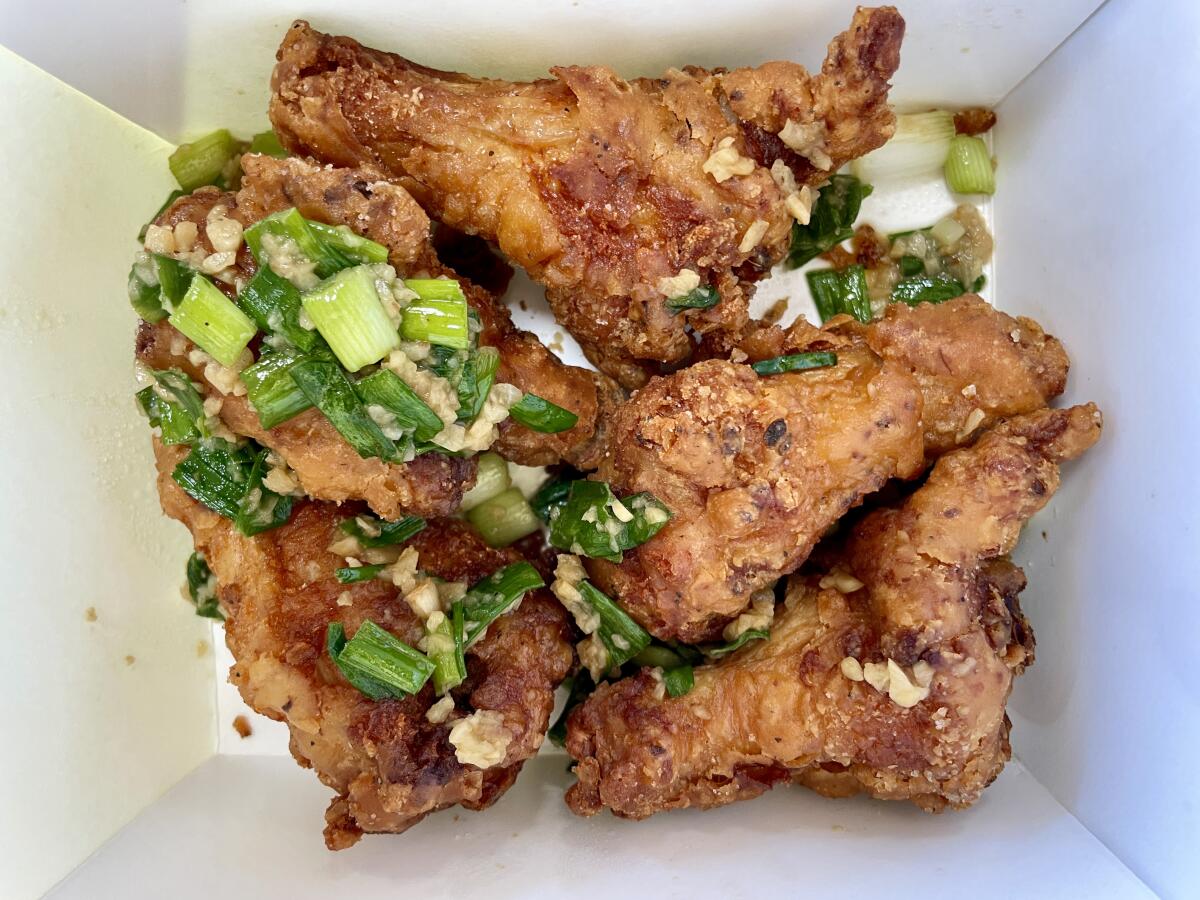
Going out
- 🍗 Here’s the ultimate Westminster and Garden Grove Vietnamese food crawl with fried chicken, sizzling steaks and bánh cuon.
- 🎭 At Geffen Playhouse, Bijan Sheibani directs a crackling revival of “The Brothers Size,” part of Tarell Alvin McCraney’s acclaimed trilogy “The Brother/Sister Plays.”
Staying in
- 🎬 Action genius John Woo goes back to his old-school mayhem in “The Killer,” now streaming on Peacock.
- 🧑🍳 Here’s a recipe for seared tuna with marinated vinegar cucumbers and sesame.
- ✏️ Get our free daily crossword puzzle, sudoku, word search and arcade games.
And finally ... a great photo
Show us your favorite place in California! Send us photos that scream California and we may feature them in an edition of Essential California.
Today’s great photo is from Cynthia Case of Laguna Woods: Mono Lake Tufa State Natural Reserve, which is “unlike any other lake in the Sierras.”
Cynthia writes: The tufas on the “south side of the lake are eerily beautiful, especially in early morning or late afternoon light.”
Have a great day, from the Essential California team
Ryan Fonseca, reporter
Defne Karabatur, fellow
Andrew Campa, Sunday reporter
Hunter Clauss, multiplatform editor
Christian Orozco, assistant editor
Stephanie Chavez, deputy metro editor
Karim Doumar, head of newsletters
Check our top stories, topics and the latest articles on latimes.com.
Sign up for Essential California
The most important California stories and recommendations in your inbox every morning.
You may occasionally receive promotional content from the Los Angeles Times.







